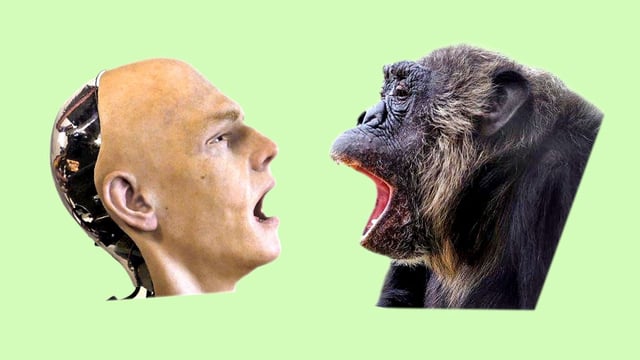Overview
- Researchers from City St George’s, University of London and Universitat de Girona tested 14 adult chimpanzees aged 10 to 33 at the Fundació Mona Primate Sanctuary in Spain.
- The android head generated three facial expressions—yawning, gaping, and neutral—each lasting ten seconds and powered by 33 internal motors.
- During 15-minute exposure sessions, wide-open yawns produced the strongest contagion response, partial gaping elicited a weaker reaction, and closed-mouth expressions had no effect.
- Chimpanzees that mirrored the robot’s yawns also gathered bedding materials and lay down, behaviors typically associated with relaxation or drowsiness.
- Published in Scientific Reports, the findings suggest that a non-biological agent can trigger contagious yawning and point to an evolutionarily ancient non-verbal communicative mechanism.


